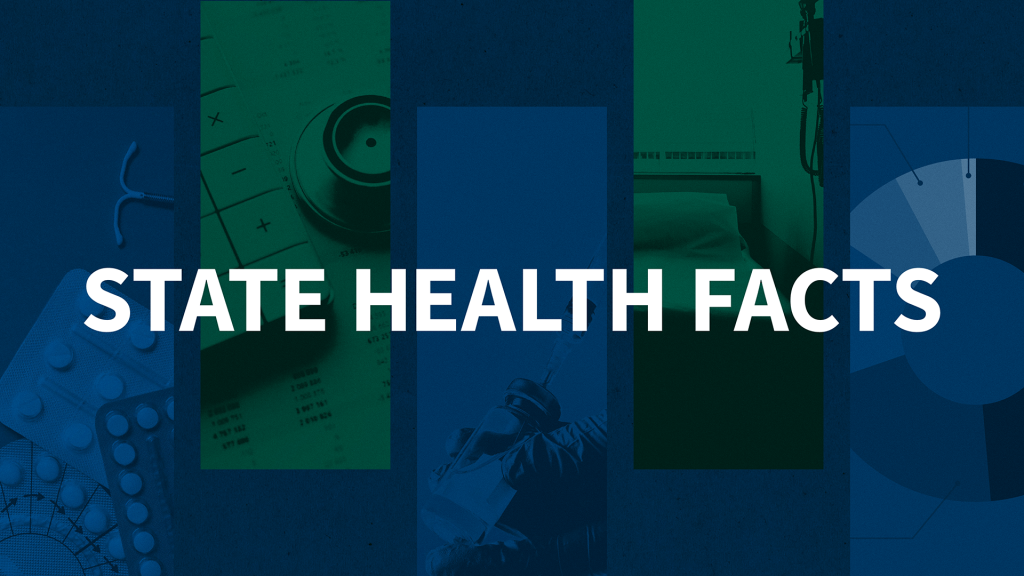Medicaid Overview: Briefing Charts
Complements the Medicaid primer by providing basic information and statistics about the program through a series of charts.
The independent source for health policy research, polling, and news.
KFF’s policy research provides facts and analysis on a wide range of policy issues and public programs.
KFF designs, conducts and analyzes original public opinion and survey research on Americans’ attitudes, knowledge, and experiences with the health care system to help amplify the public’s voice in major national debates.
KFF Health News is a national newsroom that produces in-depth journalism about health issues and is one of the organization’s core operating programs.
State Health Facts is a KFF project that provides free, up-to-date, and easy-to-use health data for all 50 states, the District of Columbia, and the United States. It offers data on specific types of health insurance coverage, including employer-sponsored, Medicaid, Medicare, as well as people who are uninsured by demographic characteristics, including age, race/ethnicity, work status, gender, and income. There are also data on health insurance status for a state's population overall and broken down by age, gender, and income.
Complements the Medicaid primer by providing basic information and statistics about the program through a series of charts.
Tricia Neuman, Vice President and Director of the Medicare Policy Project, testified before the Senate Finance Committee on prescription drug coverage under Medicare. The statement reviews existing sources of prescription drug coverage for Medicare beneficiaries and the importance of such coverage for this population.
Diane Rowland, executive director of the Commission, testified to the Senate Committee on Finance about the low-income uninsured. The testimony provides a comprehensive description and analysis of the population and discusses the challenges of providing them health coverage. Please note: the video is no longer available.
This issue paper analyzes the role of immigrants in the growth of the number uninsured people in America. Results show that recent immigrants are not the reason for the growth in the number of the uninsured from 1994 to 1998 despite their high rates of uninsurance.
A background report that assesses how various factors influence changes in the health care system for immigrants in four urban areas with large immigrant populations (Los Angeles, New York, Houston, and Miami.
Medicaid's Role for Low-Income Medicare Beneficiaries An overview that identifies low-income Medicare beneficiaries (dual eligibles), how Medicaid can provide care for them, and the challenges to accessing care.
Health Insurance Coverage in America: 1999 Data Update This chart book provides the latest information on health insurance coverage, with special attention to the uninsured. It includes trends and major shifts in coverage and a profile of the uninsured population. Chartbook Link to other Health Insurance Coverage in America chartbooks.
Diane Rowland, executive director of the Commission, testified to the Subcommittee on Health of the U.S. House Committee on Energy and Commerce about providing prescription drugs to seniors. Her testimony includes discussion of Medicaid's role in providing outpatient drug coverage.
An article in the January/February 2001 issue of Health Affairs by Judith Feder, Larry Levitt, Ellen O’Brien, and Diane Rowland assesses how best to expand health insurance coverage for the low-income uninsured.
Low-income women's high rate of health problems and limited economic resources make access to health care and adequate health insurance coverage particularly important. Health coverage, whether through the private sector or publicly through Medicaid, has been demonstrated to improve access to care for low-income women.
© 2025 KFF
